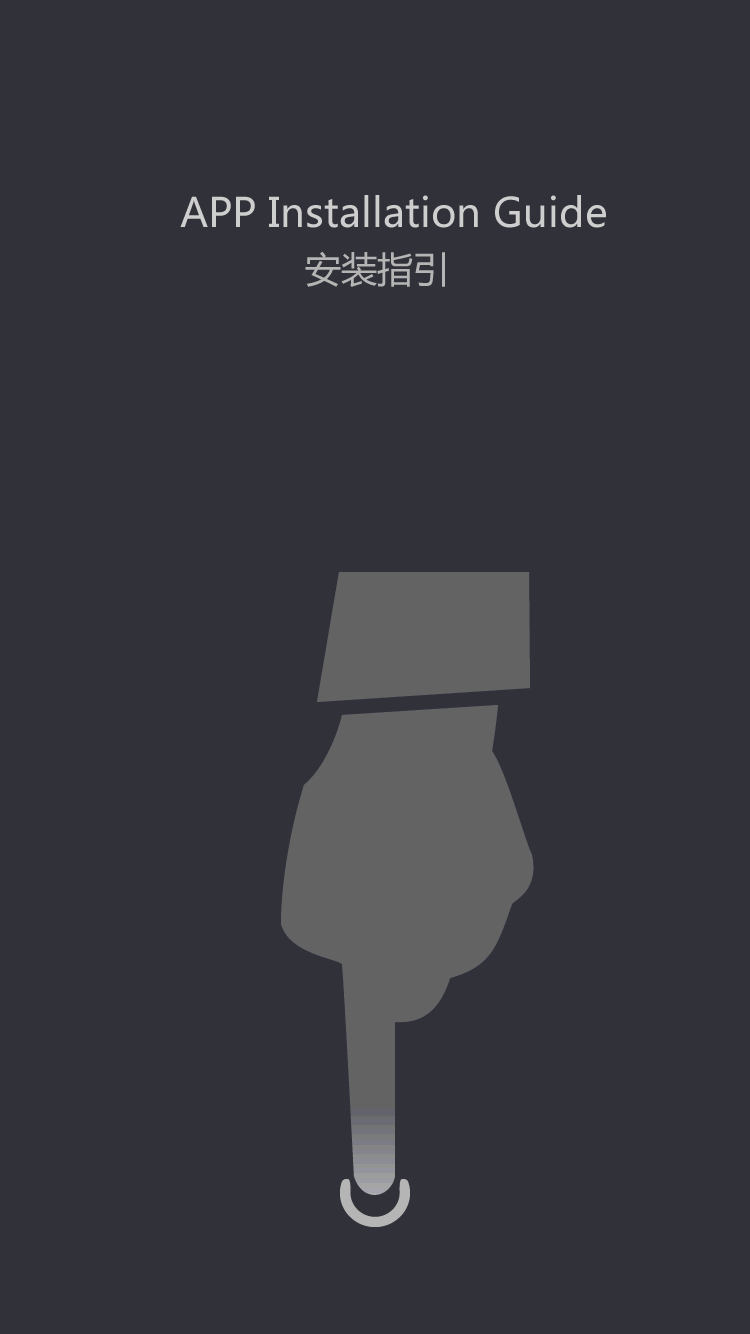The Role of Blunt Cannulas in Reducing Bruising and Swelling During Fillers
Engaging Introduction:
When it comes to enhancing our facial features, dermal fillers have become a popular choice for many individuals seeking a more youthful appearance. However, one of the common concerns associated with fillers is the potential for bruising and swelling post-treatment. This is where the role of blunt cannulas comes into play. Blunt cannulas have revolutionized the way fillers are administered, offering a gentler and more precise approach that minimizes the risk of bruising and swelling. In this article, we will delve into the importance of blunt cannulas in reducing these common side effects during filler procedures.
The Evolution of Blunt Cannulas
Blunt cannulas have gained popularity in the field of aesthetic medicine due to their unique design and capabilities. Unlike traditional needles, which have a sharp pointed tip, blunt cannulas have a rounded tip that helps navigate through tissues with ease. This design minimizes trauma to blood vessels and surrounding structures, reducing the likelihood of bruising and swelling. Blunt cannulas come in various sizes and lengths to accommodate different areas of the face, making them a versatile tool for filler injections.
The Advantages of Blunt Cannulas
The use of blunt cannulas offers several advantages over traditional needles when it comes to filler injections. One of the key benefits is the reduced risk of bruising and swelling. Because blunt cannulas have a rounded tip, they are less likely to puncture blood vessels, leading to minimal trauma and a lower chance of post-procedural bruising. Additionally, the blunt tip of the cannula helps create a tunnel through which the filler can be injected, resulting in a more even distribution of the product and a smoother overall result.
How Blunt Cannulas Reduce Bruising and Swelling
The design of blunt cannulas plays a crucial role in minimizing bruising and swelling during filler procedures. When a blunt cannula is inserted into the skin, it gently pushes aside blood vessels and other structures, rather than piercing them like a sharp needle would. This gentle 'blunt dissection' technique reduces the trauma to the surrounding tissues, resulting in less inflammation and a quicker recovery time for the patient. Additionally, the precise control offered by blunt cannulas allows for more accurate placement of the filler, further reducing the risk of complications such as uneven distribution or lumps.
Areas of the Face Where Blunt Cannulas Are Used
Blunt cannulas can be used in various areas of the face to administer fillers with precision and minimal discomfort. Common areas include the cheeks, lips, nasolabial folds, tear troughs, chin, and jawline. Each area may require a different size or length of blunt cannula to achieve the desired results effectively. For example, smaller cannulas are often used for delicate areas like the lips, while longer cannulas may be preferred for larger areas such as the cheeks or jawline. By tailoring the use of blunt cannulas to the specific needs of each facial region, practitioners can ensure a more natural-looking outcome for their patients.
Conclusion
In conclusion, the role of blunt cannulas in reducing bruising and swelling during filler procedures cannot be overstated. Their unique design and precision offer numerous benefits, from minimal trauma to blood vessels to more accurate filler placement. By incorporating blunt cannulas into their practice, aesthetic practitioners can provide their patients with a smoother, more comfortable experience and superior results. Whether it's enhancing the lips, cheeks, or other facial areas, blunt cannulas have become an essential tool in the arsenal of aesthetic injectors looking to achieve optimal outcomes for their patients.

 Español
Español




 Sales Manager : Kelly Zhou
Sales Manager : Kelly Zhou Email :
Email :  WhatsApp : +86 18067965386
WhatsApp : +86 18067965386
